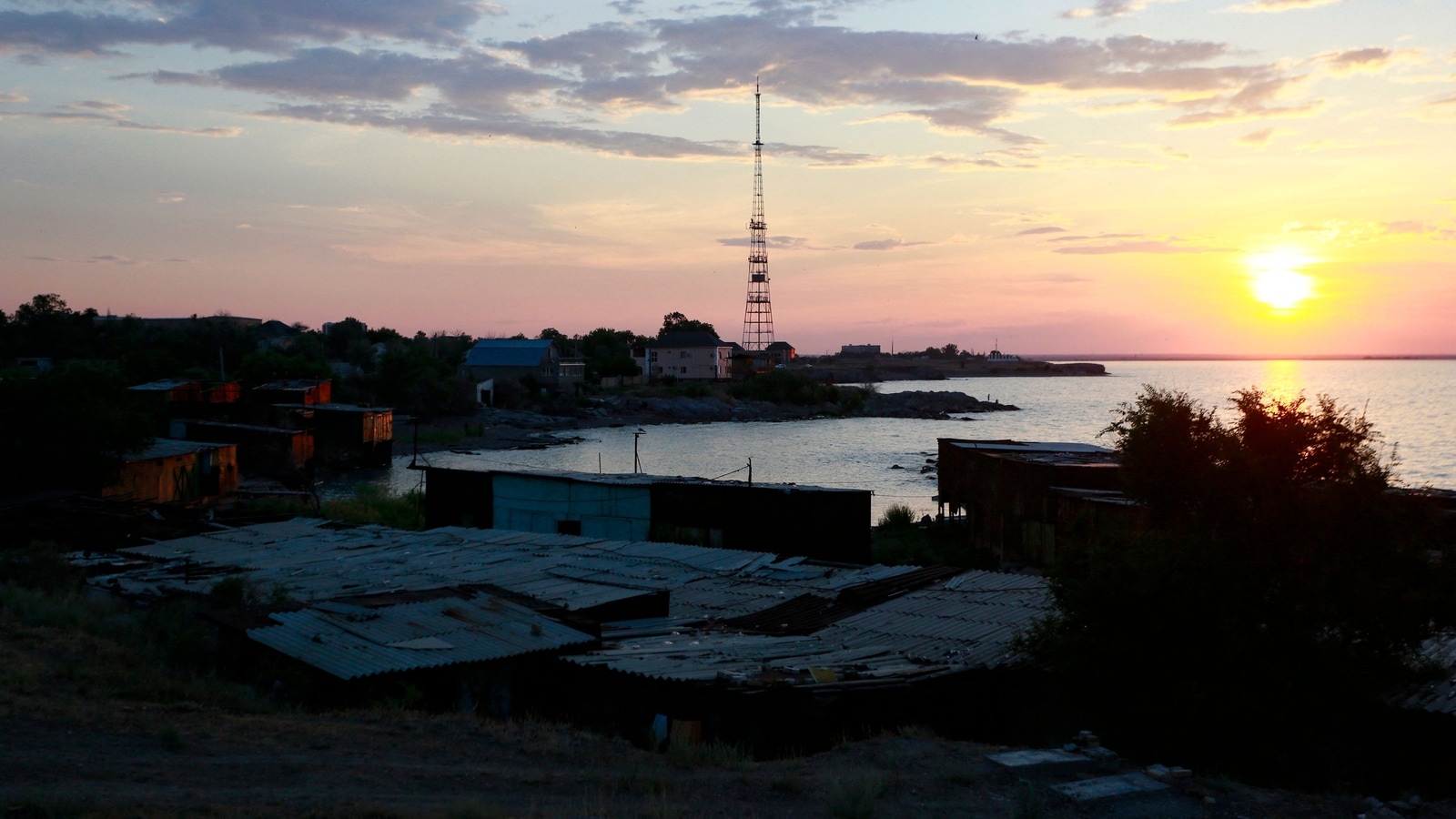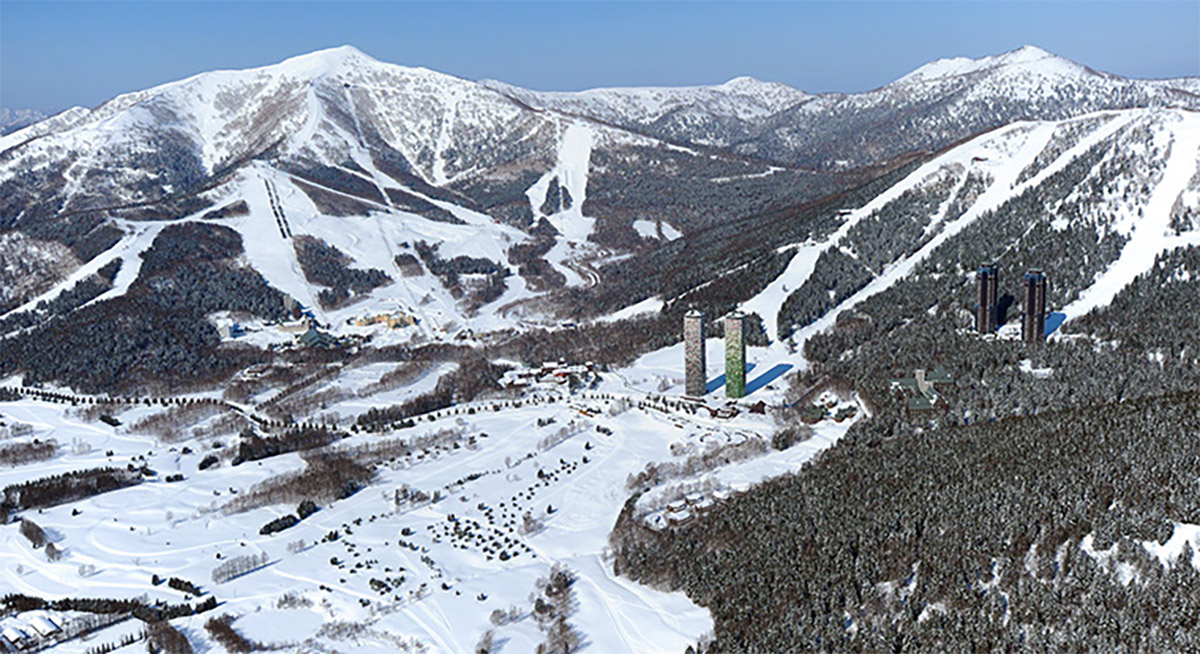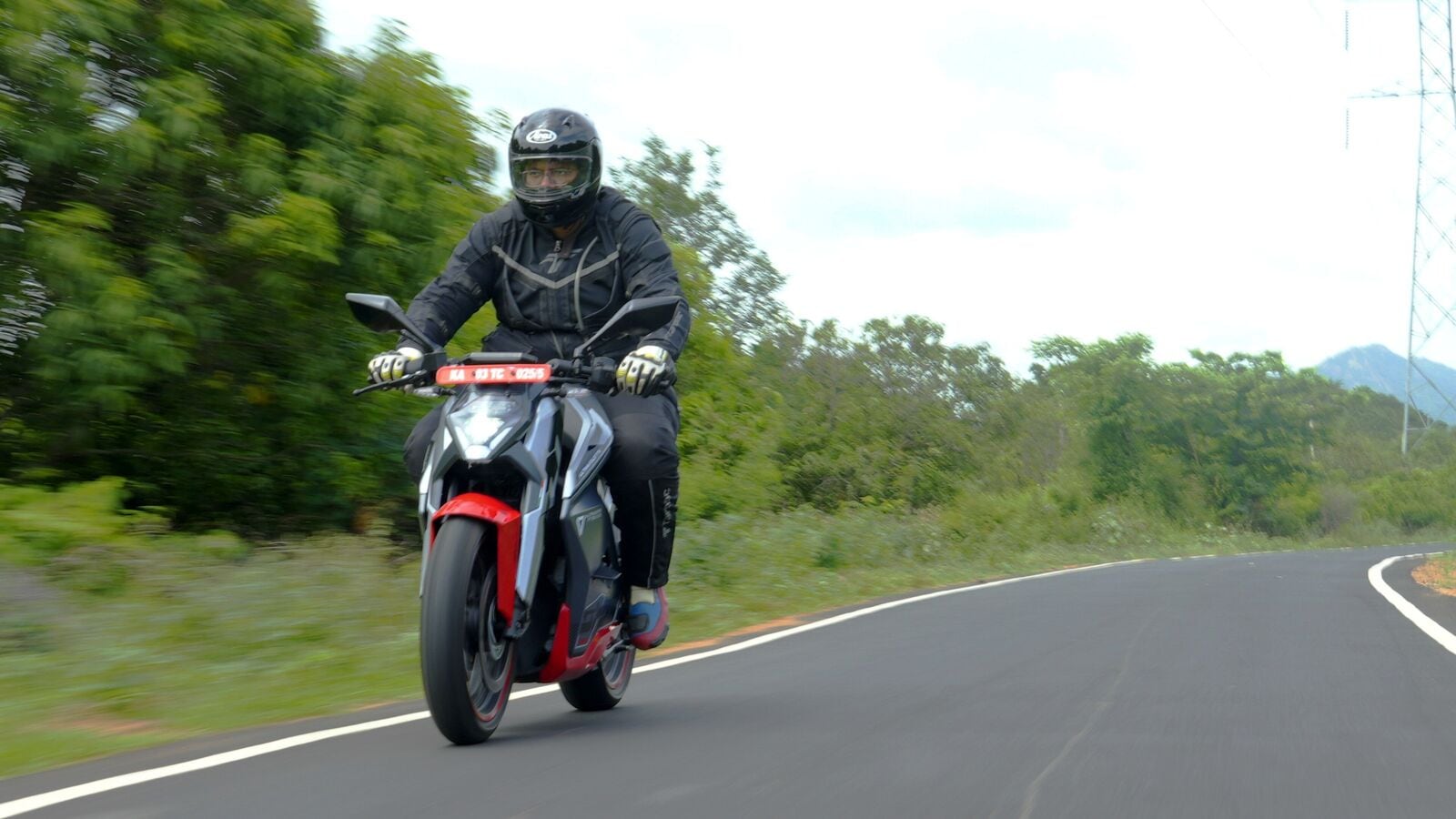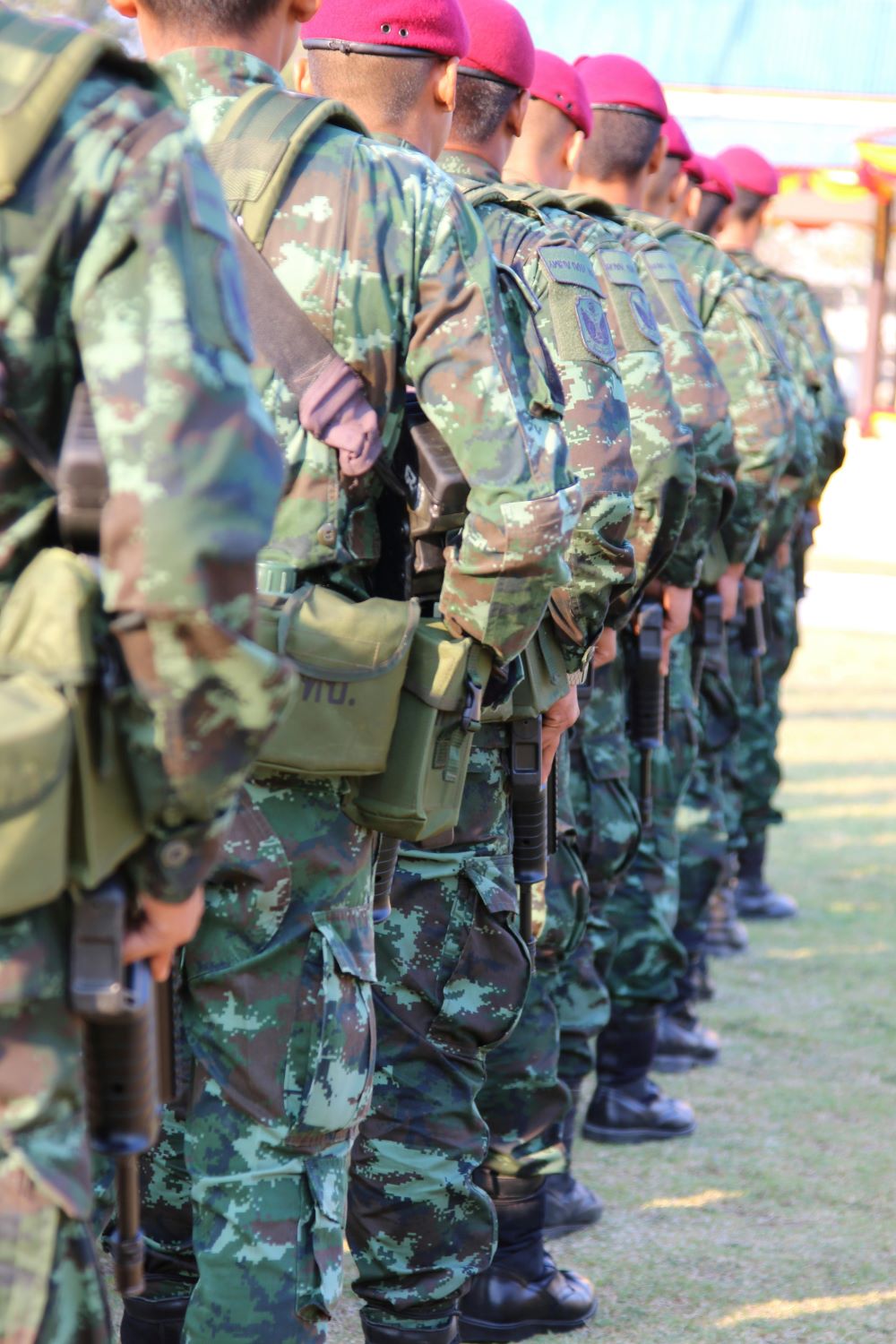Scorching summer heat is not just uncomfortable, but also be life-threatening in certain scenarios. When the mercury climbs up to hazardous levels and threatens to interrupt with body’s natural temperature regulation system, it’s important to take appropriate measures to keep the body cool. Heat stroke is one such medical emergency where due to intense heat, the body loses its ability to cool itself down naturally and heats up to dangerous levels. If the body’s ‘internal thermostat’ goes haywire, it may pose a serious threat to vital organs be it kidney, heart or brain. (Also read: 5 delicious salads to add to your diet to beat the heatwave, prevent dehydration)
How to know your body is in distress due to heat stroke? One must pay to warning signs closely. Hot and dry skin, confusion, rapid heartbeat, dizziness, and nausea are some of the symptoms that warn you that your body’s internal temperature regulation system is overwhelmed by the heat. Hydrate yourself constantly, wear light clothes and use sunscreen to avoid getting heat stroke. One must avoid peak sun hours from 10 am to 4 pm and try to go outdoors in early morning or late evenings.
“Heat stroke is a severe form of hyperthermia, an abnormally elevated body temperature, often with accompanying physical and neurological symptoms. It is a medical emergency that can be life-threatening without prompt treatment,” says Dr Tushar Tayal, Consultant, Internal Medicine, CK Birla Hospital, Gurugram.
Types of heat stroke
Heat stroke can be categorised into two main types, as per Dr Tayal:
1. Exertional heatstroke (EHS): It typically affects young, healthy individuals during strenuous physical activity in hot environments.
2. Non-exertional (classic) heat stroke: This usually affects older adults, people with chronic illnesses, and young children. It occurs due to prolonged exposure to high temperatures and inadequate hydration, often during heatwaves.
When to hospitalise a heat stroke patient?
“Heat stroke can occur as a result of either prolonged exposure to a hot environment or by intense physical activity in a hot environment. Heat stroke, if not treated on time can cause life-threatening emergency, and can even be fatal. Heat stroke can lead to severe dehydration and dysfunction of the brain, which may result in delirium, convulsion, or coma. It causes liver injury, and kidney injury and may progress to multiple organ failure because of low blood pressure due to severe dehydration and heat stroke. Any patient who suffers heat stroke, who has high-body temperature, severe weakness, muscle cramps, severe headache, or progressive depression in his consciousness should be immediately taken to the emergency department in the hospital. If a patient loses consciousness and has a rapid breathing rate or is not able to walk or stand, one should not waste time trying home remedies and admit the patient to the hospital for further management. Delay in treatment may have serious consequences and sometimes it may be fatal even after treatment,” says Dr Anand Bhabhor, Additional Director, Critical Care Medicine- Jaslok Hospital & Research Centre, Mumbai.
Symptoms of heat stroke
High body temperature: Core temperature rises to 104°F or higher degree.
Headache: Severe throbbing headache is a telltale sign of heat stroke and needs immediate attention.
Muscle cramps and weakness: Severe muscle pain, weakness, body ache, and inability to stand and walk indicate severe dehydration
Increased breathing rate: Fast and shallow breathing, and feeling of breathlessness show your body is unable to cool down
Heart rate: An increase in heart rate and awareness of heart rate shows that your body is under severe heat stress.
Nausea, vomiting: Stomach upset, pain, and nausea are signs of heat stroke.
Skin temperature: Hot and red skin, and lack of sweating could indicate that body’s internal heat regulation system isn’t working properly.
Heat stroke is a medical emergency. In the time it takes for the patient to be taken to a hospital. Dr Tayal suggests measures that can be taken to cool down the patient.
- Move to a cooler environment (shade or air-conditioned space).
- Remove excess clothing.
- Apply cool or tepid water to the skin and use fans to enhance evaporative cooling.
- Ice packs can be applied to the groin, armpits, and neck.
- Immersion in an ice bath is effective but requires close monitoring to avoid complications.















+ There are no comments
Add yours